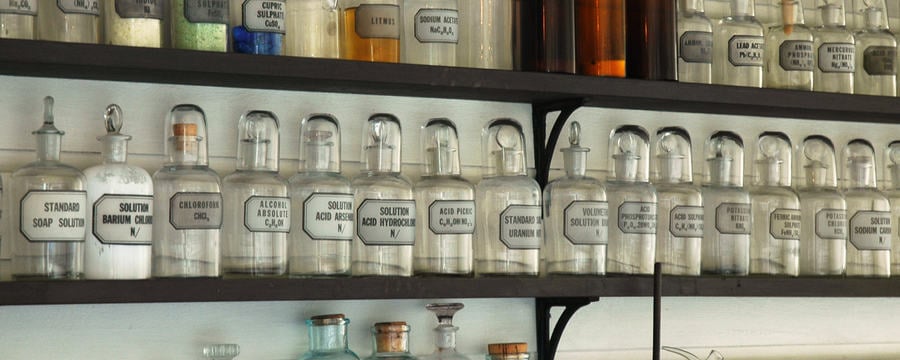Home / Healthcare & Medicine / British History / A History of Public Health in Post-War Britain / Denial and Delay
This article is from the free online
A History of Public Health in Post-War Britain


Reach your personal and professional goals
Unlock access to hundreds of expert online courses and degrees from top universities and educators to gain accredited qualifications and professional CV-building certificates.
Join over 18 million learners to launch, switch or build upon your career, all at your own pace, across a wide range of topic areas.




